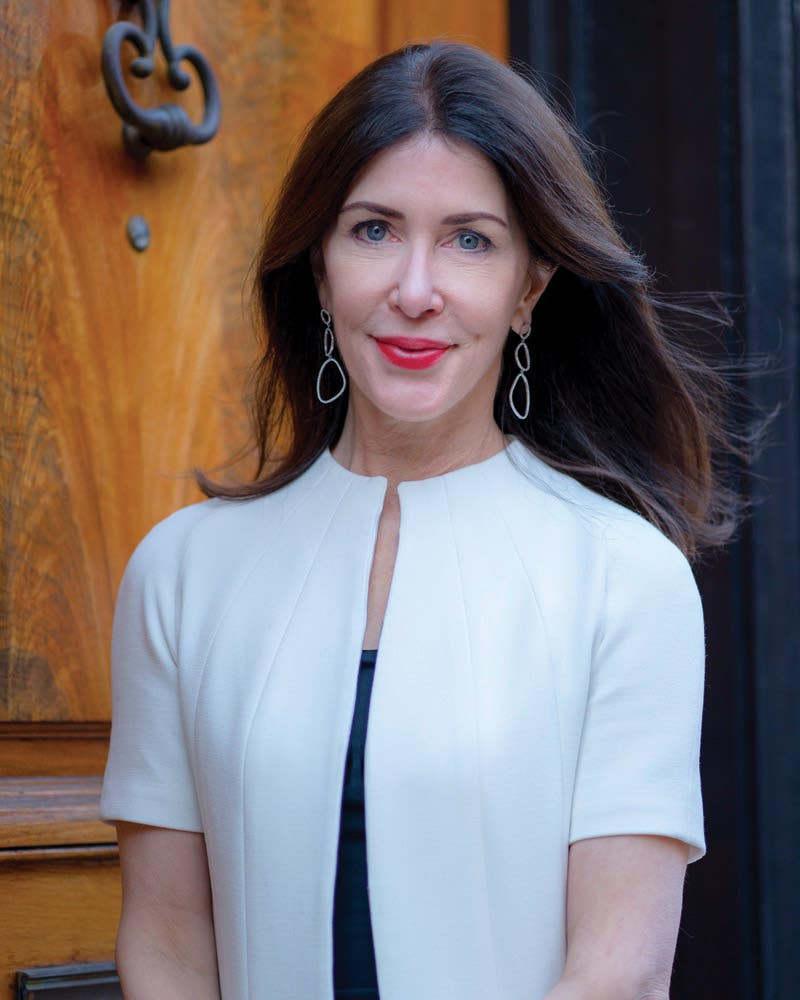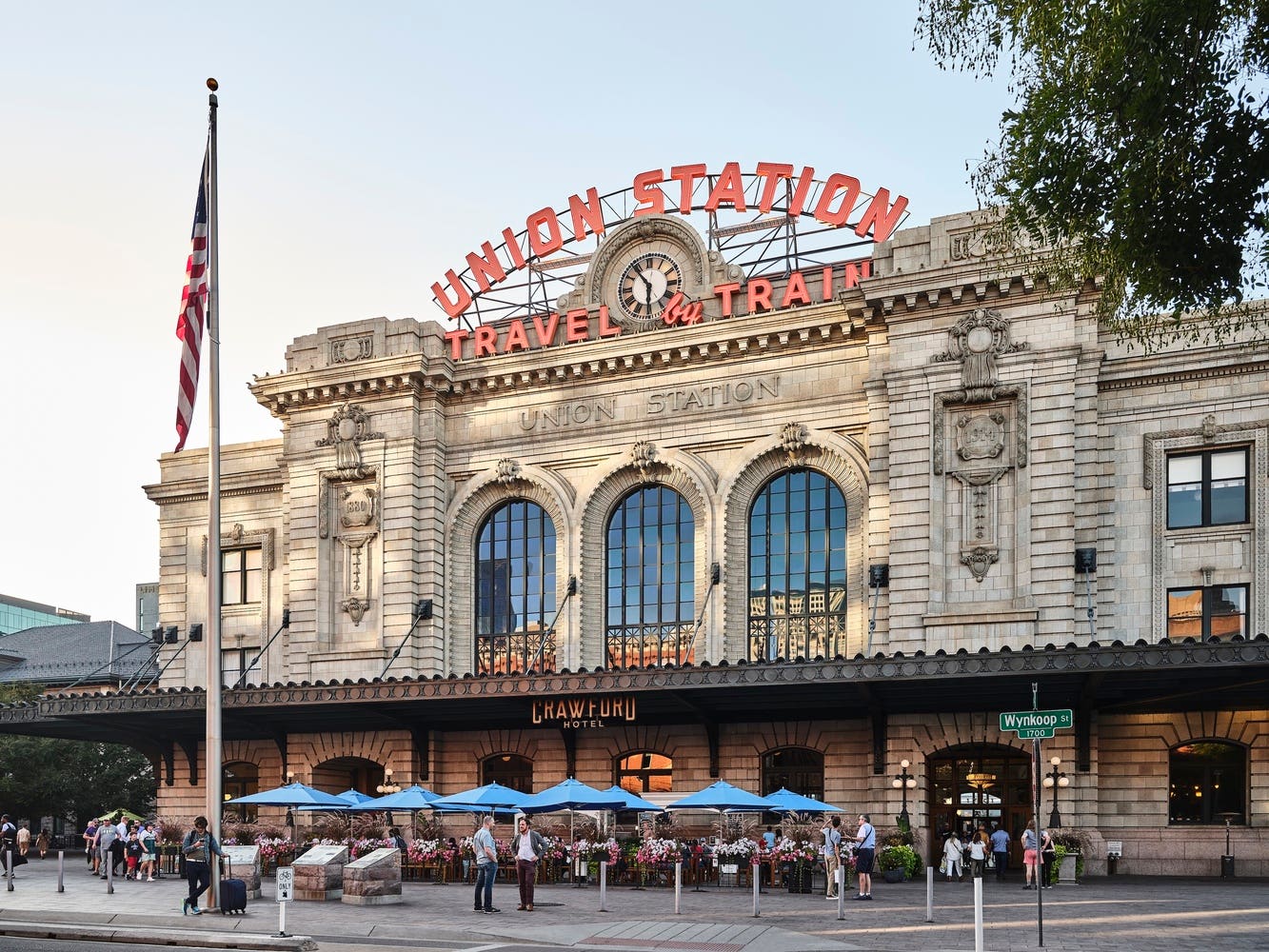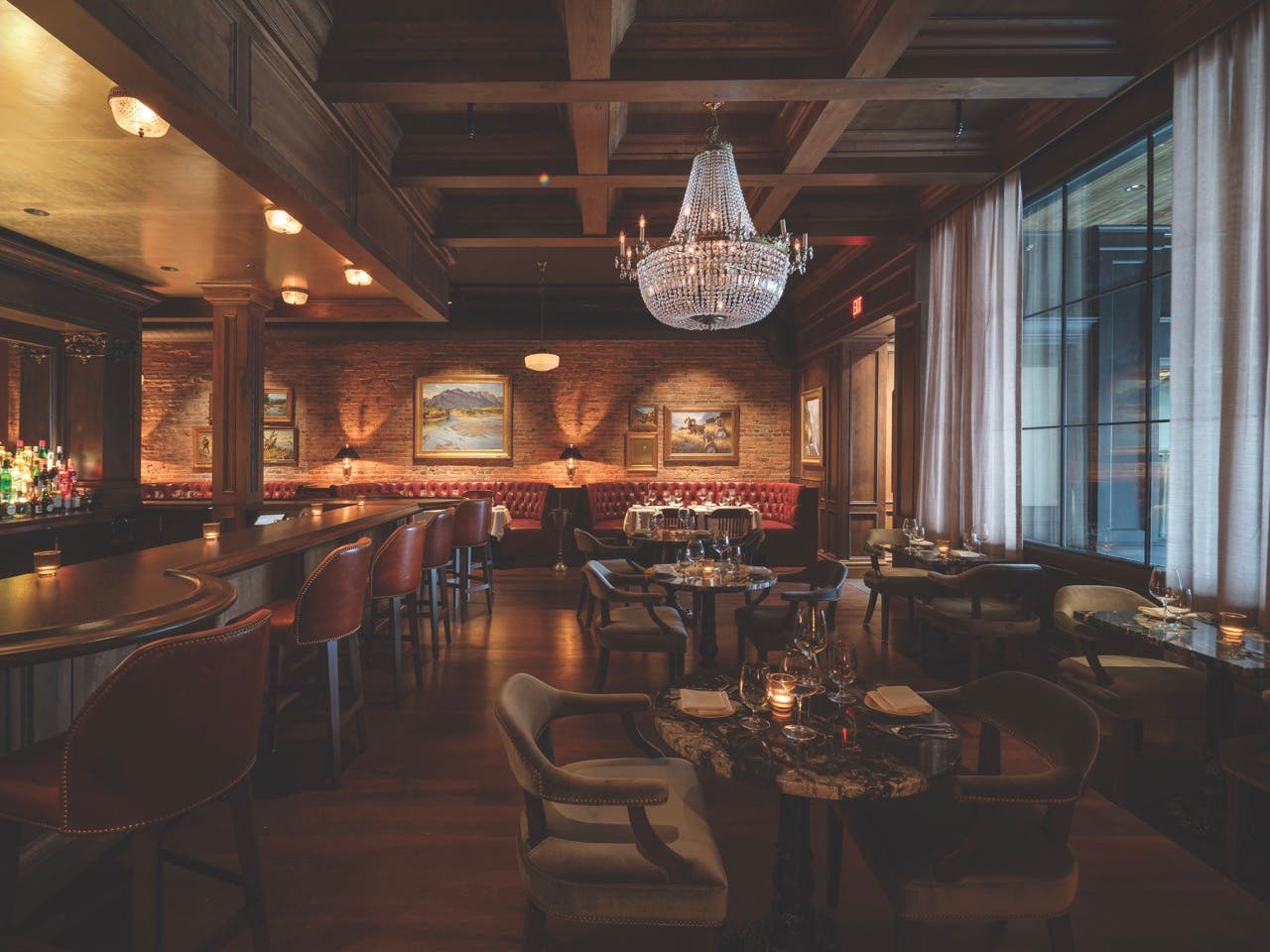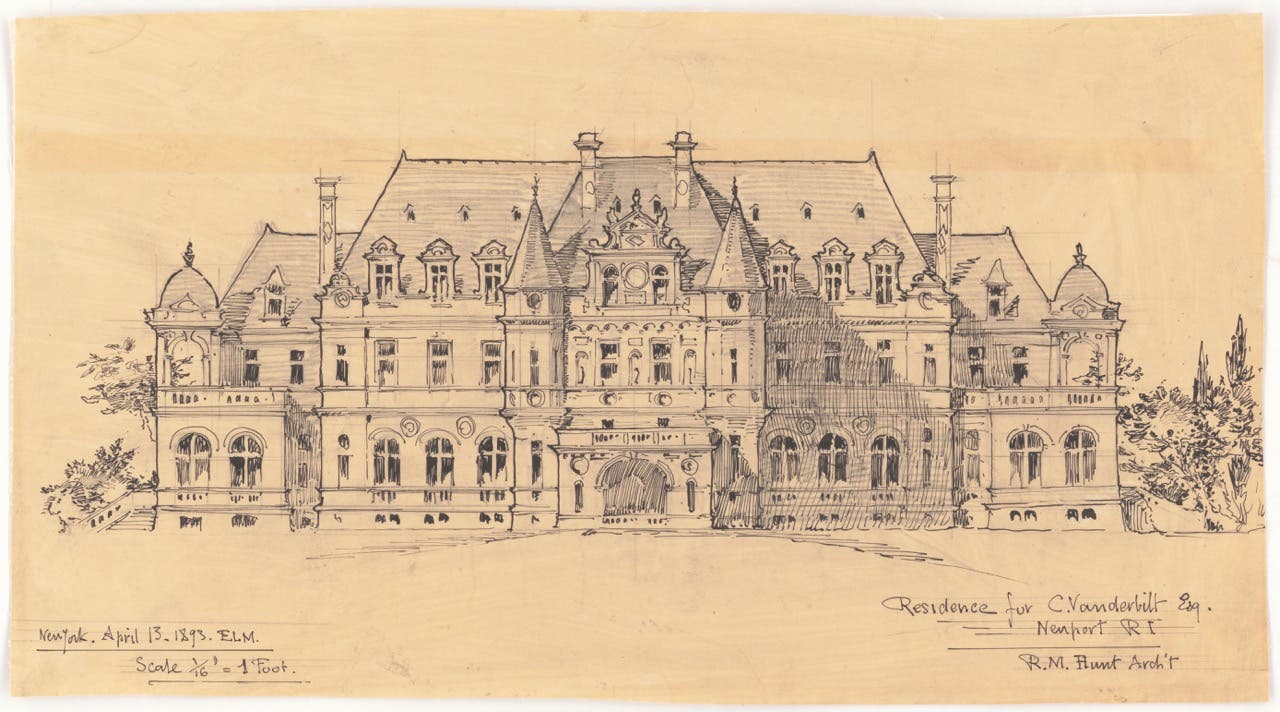
Features
Interview: Barbara Eberlein
Philadelphia-based interior designer Barbara Eberlein loves connections—in art, history, design, and people. For the past three decades, Eberlein has curated a career infusing these overlaps into design. She’s traveled the world gathering inspiration to create memorable interiors in spaces contemporary and historical, and she’s been at the forefront of historical preservation and restoration. As a designer, Eberlein’s projects incorporate her passion for the juxtaposition of arts, craftsmanship, contemporary design, and historical integrity. This preternatural ability to intuit the connections of history and design has cemented Eberlein’s presence in the world of interior design.
As a board member of both the Institute of Classical Architecture & Art and the Preservation Alliance for Greater Philadelphia, Eberlein fuses both sides of her personality—the academic and the practical, the creator and the protector, the contemporary and the historical. She is the host of ICAA Visits: Ardrossan, a virtual guided tour of the historic Main Line mansion made into the a silver screen icon in The Philadelphia Story. Eberlein is a big promoter of ICAA’s “In Your Neighborhood,” the short video series where ICAA members take us on a personal walking tour to introduce expressive examples of the design and architecture of their hometown. She is also part of a task force developing a curriculum on the history of interior design and its interaction with architecture.
1 You grew up in Cleveland. Have you always wanted to work in interiors?
I was a fashion groupie. I designed and made all my clothes which, just like interior design, is all about 2D/3D construction, knowledge of materials, and understanding how things are created. It was also a great background for understanding aesthetics—analyzing what looks good and why. I was completely obsessed with color, pattern, texture, movement, proportion, rhythm, and details. So effectively, this had everything to do with my later fascination enthusiasm for interior design.
2 Before embarking on interior architecture and design, you studied ancient history and religion at the University of Chicago and did archaeological field work. Tell us about that.
“[As an undergrad] I did a program in archaeology with a professor at Yale who had discovered the first sunken ship dating from the 5th C. BCE in Greece. We were invited to map the excavation for the Greek Archaeological Service. I thought, This is fantastic! Analyzing the clues to determine what you were looking at, how an object was made and used, and understanding its significance in its culture. Interior design, especially historic restoration, follows a similar thought process of exploration, imagination and interpretation. It encourages you to dig deep, look closer, challenge your own assumptions and imagine all the options.
3 Following your post-graduate work, you moved to Philadelphia and dove into the world of interior design. You embrace new design and historic preservation equally. How do you do it?
Professionally, I love being involved at both ends of the spectrum. I want the “brain balance” of being an artist and a scientist; I want to do new classical work and restoration. My goal is to preserve the very best elements of every space and then adapt and amplify the rest, so the structure continues as a viable and vital environment. The future of a house is ensured if it makes a significant statement about its value and relevance both now and for successive generations.
4 Tell us about your contemporary work.
I’m intrigued by how light, color, texture, and balance all work together to create a certain mood. I find working with contemporary materials so interesting because of the endless variations of unexpected and novel juxtapositions. I asked myself, for example, what I can do with a material that didn’t even exist 200 years ago. It’s vital to keep an open mind and expand the aesthetic opportunities rather than follow a narrow set of prescriptive rules. With a free creative, thought process, I take elements that have very contemporary lines and infuse them with sumptuous materials which enrich contemporary interiors.
5 What is it like working on a historical property?
Like archaeology, you must approach restoration with reverence. Always balancing a building’s past and its future, I focus on capturing its spirit as well as its key architectural details. Once the “fabric” of the building is sound, I reinforce its aesthetic impact with materials, furnishings and collections that add enriching layers to the composition. Even though you’re working in a robust building, you must have a light touch, a gentle hand. As with conservation of art and antiques, we preserve its authenticity and make our new interventions reversible so that if, in the future, new information is revealed, the restoration can be adapted to reflect this. Be knowledgeable about what's there, respectful of the process, and interactive with the client.
6 How do you feel about new classical work?
It’s wonderful to create new classical work that celebrates historical precedents while incorporating an individual point of view and unique sensibility. Quite honestly, I do the same thing in my contemporary work, just using a different palette. Ultimately, the creative process follows the same path through exploration, discovery, and expression. I still do archaeology—archaeology of buildings. And buildings, just like people, should enjoy a long and happy life with caring and connection.








